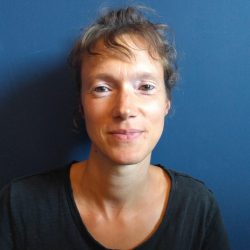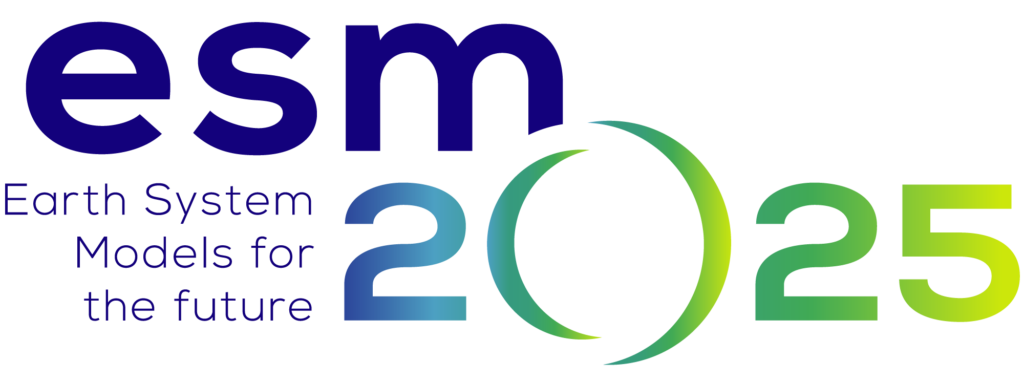WP3 - Ocean, marine biogeochemistry and cryosphere processes
This work package (WP) aims to improve the representation of “blue” (ocean physics and dynamics), “green“ (marine biogeochemistry) and “white” (interaction with ice sheets) ocean processes in the next generation of Earth System Models. It is crucial to correctly represent these processes in numerical models to better explain and understand future Earth system changes and, in particular, the processes involved in the response of the ocean and the cryosphere to increasing atmospheric CO2 and climate warming.
Our overall objective is to enhance the numerical ocean of the next generation of Earth System Models across three different axes: 1) “blue” physicists will develop new parameterizations that better represent ocean eddies and convection; 2) “green” biogeochemists will improve the representation of ocean carbon and nitrogen cycling and associated marine emissions of trace gases and aerosol percursors to better integrate marine biogeochemistry within Earth System Models; and 3) “white” scientists will improve the representation of ocean-ice sheet interactions in standalone ocean or ice-sheet models.
Institutions involved: MF-CNRM and UREAD will develop two mesoscale eddy parameterizations (geometric and backscatter); MOI, MF-CNRM and MPI-M will develop an eddy and convective mixing scheme; CNRS-IPSL, MPI-M and ULB will improve the representation of the nitrogen cycle in ocean biogeochemistry and its link to N2O and NH3 emissions; CNRS-IGE will implement parameterizations of ice-shelf basal melt for small ice shelves (Antarctica) and iceberg calving; UREAD will develop a method to represent melt on vertical ice faces for Greenland; MF-CNRM will improve the representation of icebergs; and SMHI will coordinate the work on the evaluation of new ocean and cryosphere process parameterizations in collaboration with Cross-Cutting Activity 1 (XCA1).
WP3 Leaders

Sarah Berthet
In ESM2025, my role in WP3 is to coordinate scientists working on the “blue” (physical) and “green” (biogeochemical) ocean components.

Nicolas Jourdain
In ESM2025, I coordinate the work in WP3 aiming to improve the representation of ice-sheet processes in ESM2025. The aim is to focus on the processes that will be crucial for the inclusion of ice sheet models in WP8-9, e.g., melting beneath ice shelves or on the vertical face of glaciers termini, iceberg calving.
WP3 Milestones & Deliverables
MS3.1 – 30 November 2021
Definition of key diagnostics to evaluate planned ESM improvements at the process level (CT1/WP2/land) and with respect to coupled interactions and coupled performance (CT2). Identification of key observational data sets and initial scoping of diagnostics intended for ESMValTool
MS3.2 – 30 November 2022
Preliminary versions of new/improved ocean and ocean – ice sheet parameterisation schemes passed to CT2 for coupling and initial testing
MS3.3 – 31 May 2023
Ocean-only (CMIP6 OMIP, ISMIP6) simulations for evaluation of new parameterisations developed in WP3 and made available to XCA1
MS3.4 – 31 August 2023
Updated versions of new/improved ocean and ocean – ice sheet parameterisation schemes passed to CT2 for final coupling, tuning and use in XCA2 coupled simulations
D3.1 – 30 June 2024
Report on the improved representation of ocean—ice-sheet interactions in climate models
D3.2 – 31 August 2024
Report on the implementation and evaluation of the improved ocean physics (eddies and mixing) and its impacts on marine uptake of heat and carbon and marine biogeochemistry
D3.3 – 30 November 2024
Report on the improved C and N cycling in marine biogeochemical models and its implication for emissions of N2O, NH3 and POA/DMS

